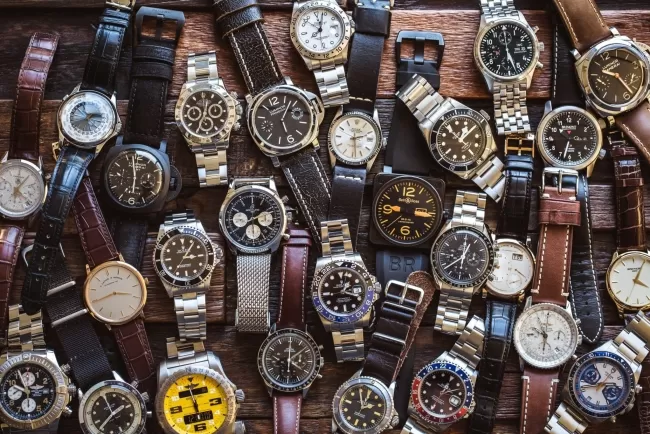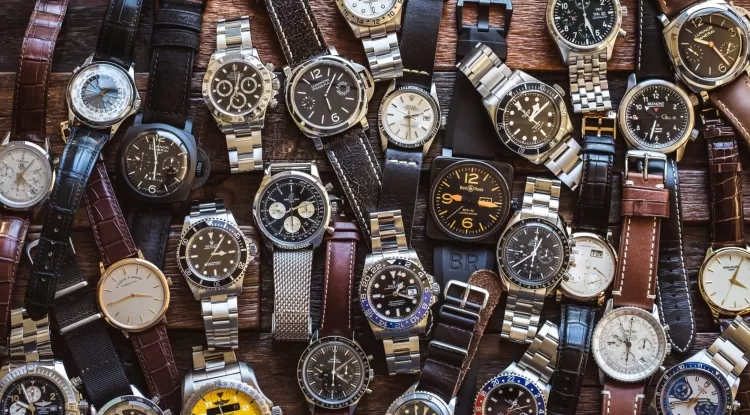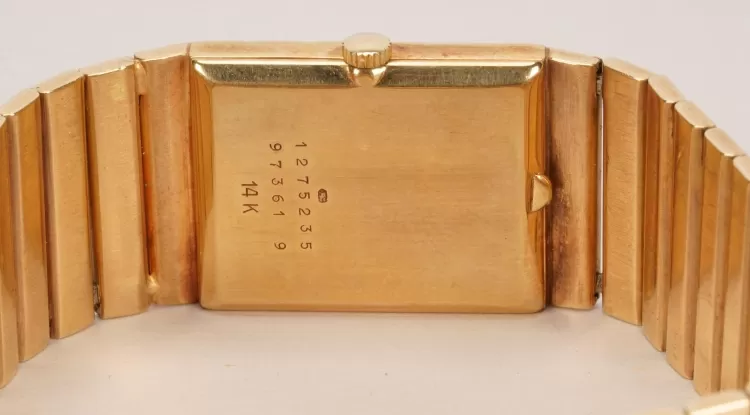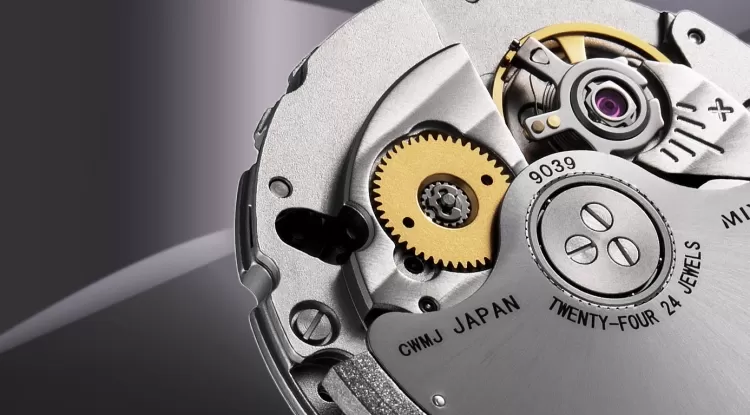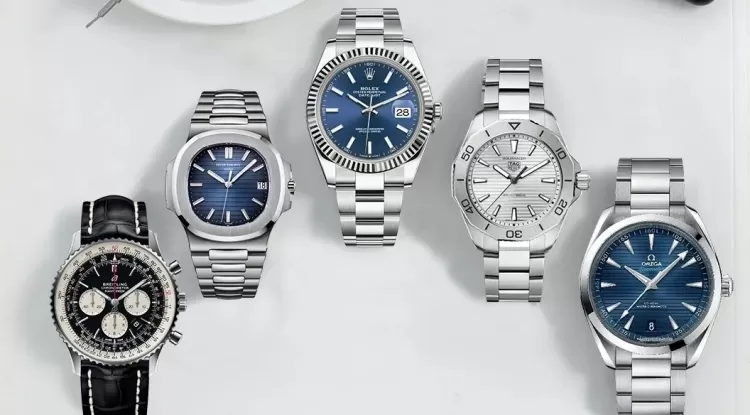Why Swiss Watchmaking Still Leads the World
Explore why Swiss watchmaking continues to lead the global horological industry. Learn about its legacy, innovation, craftsmanship, and unmatched quality standards.

In the realm of horology, Switzerland remains the undisputed leader. Despite increasing competition from Germany, Japan, and even smartwatches from Silicon Valley, Swiss watchmaking continues to dominate both the luxury and mechanical segments of the industry. From legendary brands like Rolex and Patek Philippe to independent ateliers crafting horological masterpieces, the Swiss formula endures. But what exactly keeps Switzerland at the forefront?
1. Centuries of Horological Heritage
The story of Swiss watchmaking stretches back to the 16th century, when religious refugees brought their metalworking skills to Geneva. Over time, this transformed into a thriving cottage industry. Families in the Jura mountains hand-assembled watches during the long winters, refining techniques that would evolve into today's Haute Horlogerie.
This deep-rooted heritage has created a culture of excellence passed down through generations. Many Swiss brands—like Audemars Piguet or Vacheron Constantin—are still family-owned or have legacies tracing back centuries.
2. Unparalleled Craftsmanship and Precision
At the heart of Swiss watchmaking lies micromechanical mastery. Whether it’s a tourbillon, a perpetual calendar, or a minute repeater, Swiss manufactures deliver some of the most complicated and beautifully finished calibers in the world. Each component is crafted with utmost precision, sometimes requiring hundreds of hours of handwork.
Finishing techniques like anglage, perlage, and Côtes de Genève are not just aesthetic choices—they reflect a philosophy of perfectionism.
3. Strict Quality Standards and Certification
Swiss watches are not only admired for their appearance and mechanics—they are also rigorously tested. COSC certification guarantees chronometer-level accuracy, while the Poinçon de Genève ensures Geneva-based craftsmanship excellence.
Moreover, the "Swiss Made" label itself is legally protected, requiring that a minimum percentage of the watch’s production, including the movement, be completed in Switzerland. This preserves authenticity and trust among collectors and consumers alike.
4. Global Brand Recognition
Rolex, Omega, TAG Heuer, and Patek Philippe are more than just watch brands—they’re status symbols. Through decades of strategic marketing, sports sponsorships, and film appearances, these names have become synonymous with success and sophistication.
Even in the pre-owned market, Swiss watches tend to hold or increase their value, highlighting their enduring appeal.
5. Balance Between Tradition and Innovation
Swiss watchmakers have skillfully blended centuries-old techniques with cutting-edge technology. Omega’s Co-Axial escapement and Master Chronometer certification represent Swiss innovation, while Hublot explores fusion materials like carbon and sapphire. Even traditional houses like Jaeger-LeCoultre and Zenith continually develop in-house complications and new calibers.
In response to the rise of smartwatches, Swiss brands have also embraced digital strategies—some even launching hybrid models to cater to modern consumers.
6. Exceptional Value and Longevity
Unlike mass-produced gadgets with planned obsolescence, a quality Swiss watch is built to last for generations. Properly maintained, it can function reliably for decades—if not centuries. This makes a Swiss timepiece not only a functional accessory but also a family heirloom and long-term investment.
What's Your Reaction?









